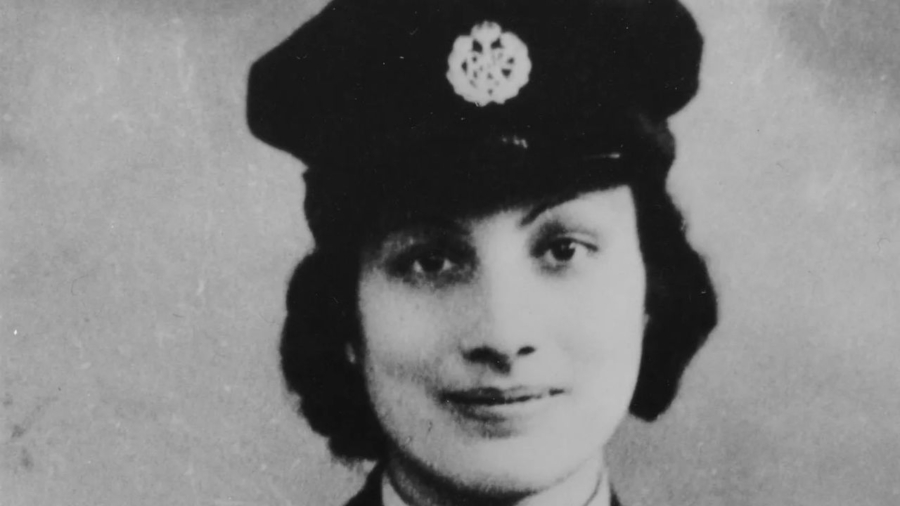History, by default, has been a male dominion. Tucked inside school textbooks are tales of valour and conquests, wars and spoils, almost always performed by men. Reading about fearless souls striding onto the battlefield or flouting societal expectations, be it Akbar the Great, Bhagat Singh or Kabir, has always felt manly.
After all, who has ever got their blood pumping over Mirabai’s Sita-like devotion or Sarojini Naidu’s role in the freedom struggle with her docile title, the ‘Nightingale of India’? Women of the past have been considered exceptional only as saints and celebrated in monochrome shades, even if it is the warrior queen of Jhansi.
It’s why contemporary female historians in India are enlisting their words to rescue women like the Sufi poet-spy Noor Inayat Khan, who fought to defeat Nazi tyranny, from the blank page, and shining a new light on figures like Mirabai, who audaciously left behind her husband, his family and dominion to stray alone in the wild.
At the recently concluded Jaipur Literature Festival (January 30 to February 3, 2025), Vogue India invited three leading Indian female historians to discuss whether heroism truly lies in the eyes of the beholder. British historian and TV presenter Anita Anand discussed how Sophia Duleep Singh, a Punjabi-Indian suffragette, saved her sanity while Shrabani Basu, an Indian historian and journalist, shared that even 20 years after writing about the legacy of Noor Inayat Khan, a British secret agent and Tipu Sultan’s descendant, she is haunted by the spy extraordinaire. Leading Indian historian Ira Mukhoty, who has penned audacious biographical accounts of Mirabai, Lakshmibai, Draupadi and several Mughal women, divulged how her quest to redefine womanhood happened by chance. All of them agreed that it is not only the future that is female, but also the past.
Ira Mukhoty (IR): I want to start by saying that I am a trained scientist. Writing happened by accident. When my girls were small and growing up in Delhi, I looked for Indian language stories to counter the pervasive influence of Western culture. Looking at our mythology, I thought about how Indian womanhood had been homogenised through popular culture, like the image of Sita. Men have been writing all the stories and records, especially those concerning men. Barely anything had been written about the women of the Mughal Empire. Trusted male academics told me I was wasting my time. It’s just that I approached writing with a certain point of view, looking for certain details, which I knew I would find. It’s not impossible, but you have to have that gaze.
Source link
OnePlus Nord CE5 | Massive 7100mAh Battery | MediaTek Dimensity 8350 Apex | Powered by OnePlus AI | 8GB + 128GB | Black Infinity
₹24,999.00 (as of December 21, 2025 00:00 GMT +05:30 - More infoProduct prices and availability are accurate as of the date/time indicated and are subject to change. Any price and availability information displayed on [relevant Amazon Site(s), as applicable] at the time of purchase will apply to the purchase of this product.)Vivo V60 5G (Mist Gray, 8GB RAM, 128GB Storage) with No Cost EMI/Additional Exchange Offers
₹36,999.00 (as of December 21, 2025 00:00 GMT +05:30 - More infoProduct prices and availability are accurate as of the date/time indicated and are subject to change. Any price and availability information displayed on [relevant Amazon Site(s), as applicable] at the time of purchase will apply to the purchase of this product.)iPhone 17 256 GB: 15.93 cm (6.3″) Display with Promotion, A19 Chip, Center Stage Front Camera for Smarter Group Selfies, Improved Scratch Resistance, All-Day Battery Life; Black
Now retrieving the price.
(as of December 21, 2025 00:00 GMT +05:30 - More infoProduct prices and availability are accurate as of the date/time indicated and are subject to change. Any price and availability information displayed on [relevant Amazon Site(s), as applicable] at the time of purchase will apply to the purchase of this product.)











